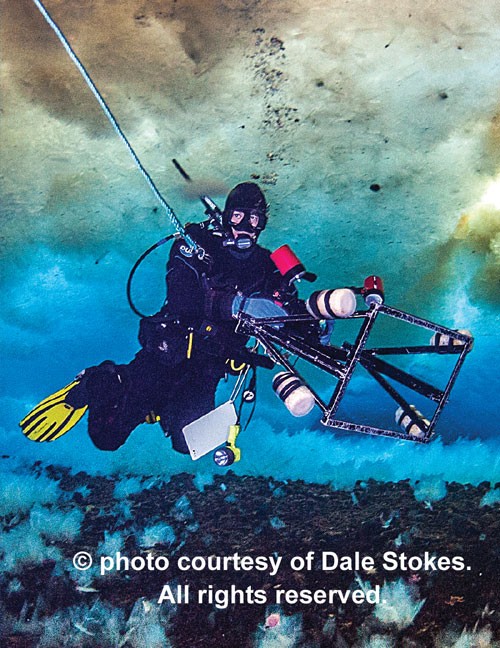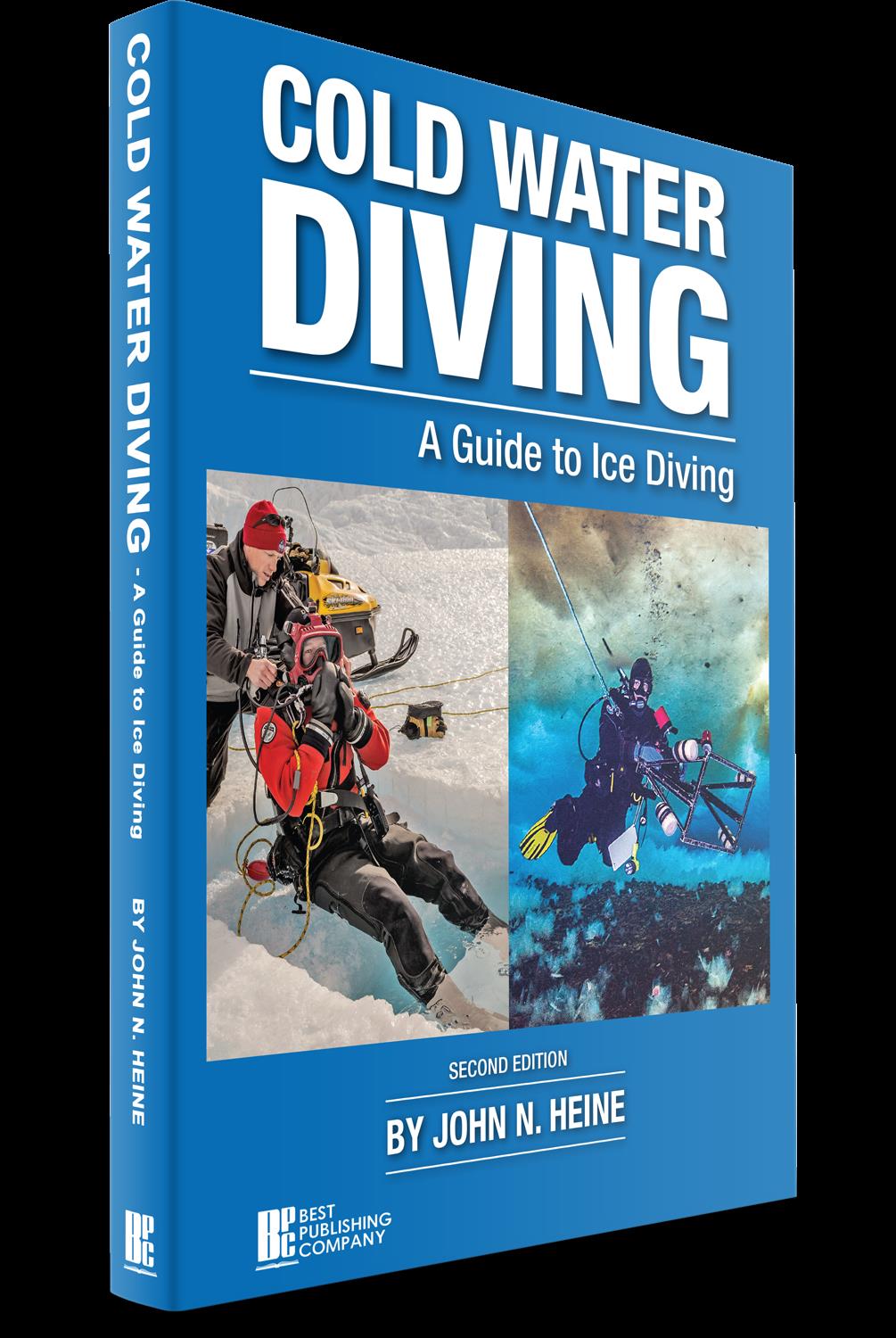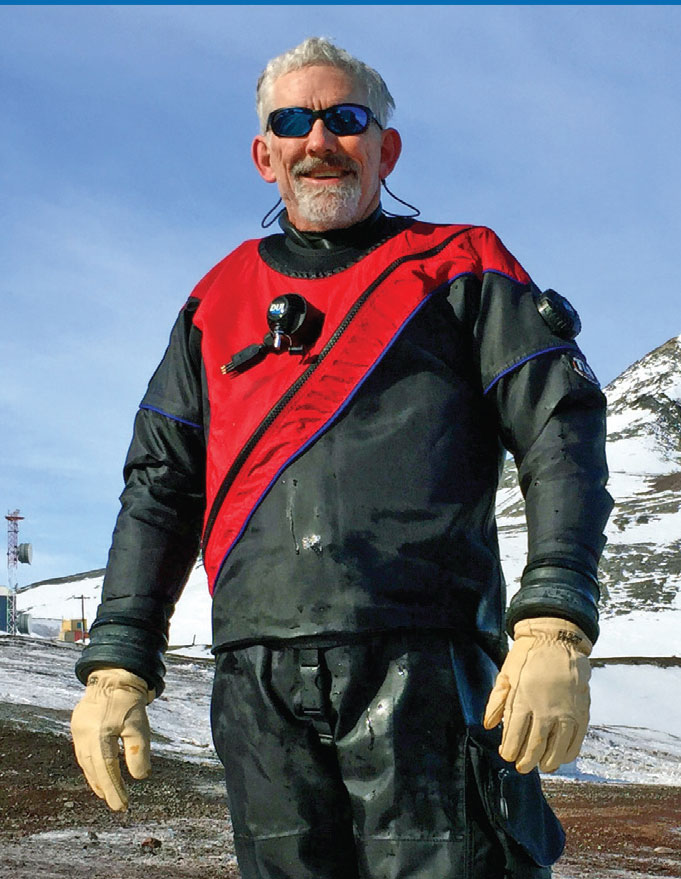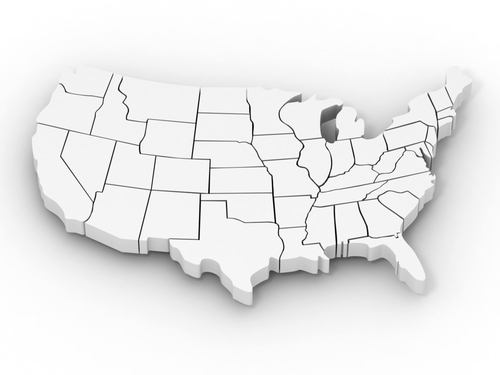DEPTH Blog
Variation in Ocean Temperatures
In this article we discuss variation in ocean temperatures and what the colder water diver needs to know. In future articles we will look at rivers, sea ice and fresh water ice.
Ocean surface layer temperatures can be extremely variable, depending upon factors such as latitude, climate, winds, and ocean currents. For example, at an open ocean station off the coast of Siberia, the water is at a uniform temperature of about 40°F (4.5°C) in March. The water continues to warm through the summer until reaching a typical maximum temperature of 60°F (15.5°C), and a marked thermocline develops, the depth of which depends on wind conditions. In the fall, as the surface water cools, it becomes denser and sinks. Winter conditions show uniform cold temperatures down to depths of 225 feet (70 m).
Other areas may show variations in ocean temperature that are related more to currents and wind patterns rather than to large changes in air temperature or available sunlight. In California, the prevailing current runs from north to south, bringing colder water along the coastline. Interestingly, the warmest water can be present in the winter, when the current typically runs south to north. In the spring, strong northwesterly winds cause upwelling, where surface waters are blown away from shore and replaced by deeper, cold water.
On the East Coast of the United States, the Gulf Stream runs from south to north, bathing the coastline in relatively warm water. Northern states and eastern Canada experience winter freezing of the ocean waters due to the cold Labrador Current flowing from the north.
In the Arctic regions, new ice forms in the winter and melts during the following summer. In the Antarctic, the seasons are reversed. Although highly variable depending on the latitude and weather, new ice generally forms in the austral fall and winter (March–November) and melts in the austral summer (December–February).
Ice diving can be conducted in both freshwater and saltwater. It is important for divers to have some knowledge of the physics behind ice formation, strength, and types of ice.
Excerpted with permission from the publisher. Source: Cold Water Diving: A Guide to Ice Diving, Second Edition by John Heine.
Learn more about cold water diving!
Get More Free Diving Resources!
Enter Your Name and Email Below to Get More Free Resources for Divers!
When you subscribe to the blog, we will send you an e-mail when there are new updates on the site so you wouldn't miss them.










